Pedro Centeno Vallenilla's work is a hybrid of influences from his native Venezuela to the Italian Renaissance painters like Michelangeo to the body-worshipping Fascists. His painterly glorification of the male body made his interests apparent and there seems to be an interplay of influence with a contemporary of his, artist George Quaintance.
 Born in Barcelona, the capital of Anzoategui State in Venzuela, on June 13, 1904, Pedro Centeno Vallenilla entered the Academy of Fine Arts in Caracas in 1915, where he studied with Almeida Crespo and Alvarez Garcia. He then studied law at the Central University of Venezuela, received his doctorate degree there in 1926, and after graduation he entered the diplomatic service. In 1927 he traveled to Europe, serving in Paris until 1932. From 1932 he was the Venezuelan representative at the Vatican in Rome. His stay in Rome coincided with the rise of Fascism, and his art is in no small way influenced by the hyperbolic worship of the godlike male body by the Fascists.
Born in Barcelona, the capital of Anzoategui State in Venzuela, on June 13, 1904, Pedro Centeno Vallenilla entered the Academy of Fine Arts in Caracas in 1915, where he studied with Almeida Crespo and Alvarez Garcia. He then studied law at the Central University of Venezuela, received his doctorate degree there in 1926, and after graduation he entered the diplomatic service. In 1927 he traveled to Europe, serving in Paris until 1932. From 1932 he was the Venezuelan representative at the Vatican in Rome. His stay in Rome coincided with the rise of Fascism, and his art is in no small way influenced by the hyperbolic worship of the godlike male body by the Fascists.
From 1940 to 1944 he lived in the United States, where he did panels and murals at the Embassy of Venezuela in Washington. When he returned to Caracas, he devoted his life entirely to painting, and he opened a school in his workshop.
His first exhibitions were held at the School of Music of Caracas in 1932 and at the Charpentier Gallery in Paris in 1933. His major works are in the Embassy of Venezuela in Washington, and the Military Circle and the Legislative Palace in Caracas.
The painter was found dead in Caracas August 14, 1988, by a nephew in his studio, two days after his death, as he had forbidden anyone to interrupt him in his artistic work.

Click through for more art >>>

A bank mural

A mural in Venezuela completed in 1958, and detail of work in progress below


San Sebastian

San Sebastian

San Sebastian

Simon Bolivar

Las Tres Razas, 1946

El Guajiro, 1938

Sanson y Dalila

Estudio de Anatomia Humana

Quetzalcohuatl, 1931


Impressions of Greece, 1933


Magnolias

La Estirpe, 1935


Tauromaquia


 Born in Barcelona, the capital of Anzoategui State in Venzuela, on June 13, 1904, Pedro Centeno Vallenilla entered the Academy of Fine Arts in Caracas in 1915, where he studied with Almeida Crespo and Alvarez Garcia. He then studied law at the Central University of Venezuela, received his doctorate degree there in 1926, and after graduation he entered the diplomatic service. In 1927 he traveled to Europe, serving in Paris until 1932. From 1932 he was the Venezuelan representative at the Vatican in Rome. His stay in Rome coincided with the rise of Fascism, and his art is in no small way influenced by the hyperbolic worship of the godlike male body by the Fascists.
Born in Barcelona, the capital of Anzoategui State in Venzuela, on June 13, 1904, Pedro Centeno Vallenilla entered the Academy of Fine Arts in Caracas in 1915, where he studied with Almeida Crespo and Alvarez Garcia. He then studied law at the Central University of Venezuela, received his doctorate degree there in 1926, and after graduation he entered the diplomatic service. In 1927 he traveled to Europe, serving in Paris until 1932. From 1932 he was the Venezuelan representative at the Vatican in Rome. His stay in Rome coincided with the rise of Fascism, and his art is in no small way influenced by the hyperbolic worship of the godlike male body by the Fascists.

























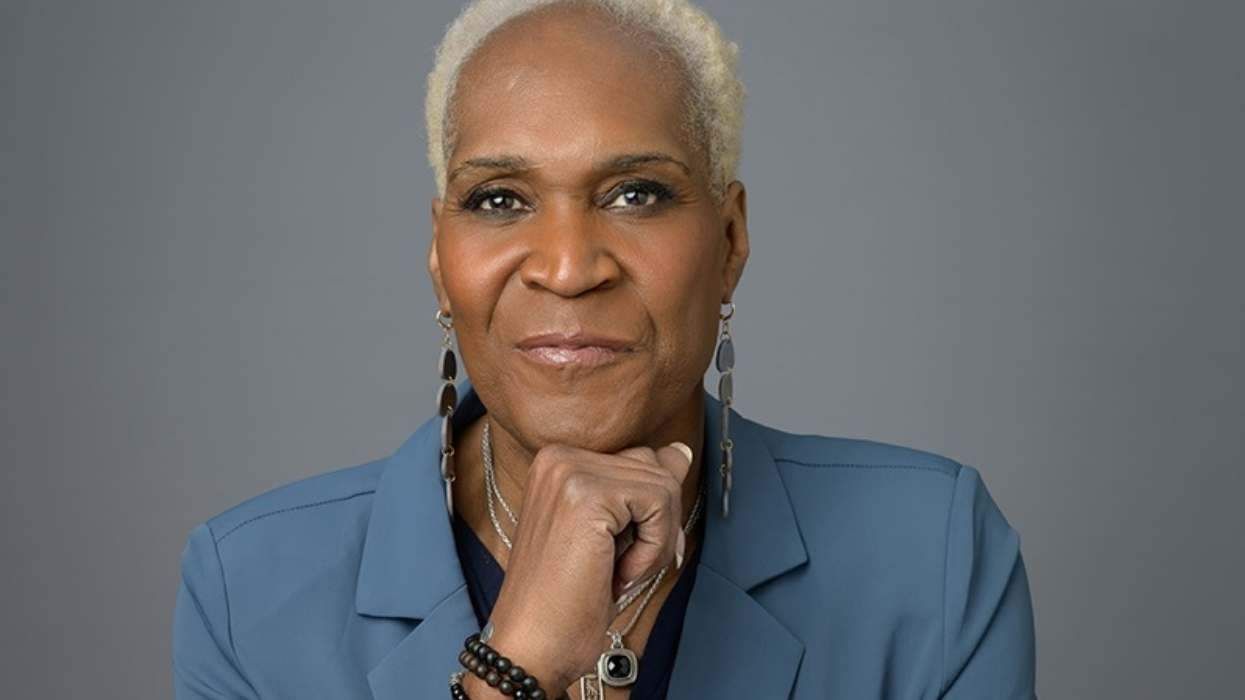




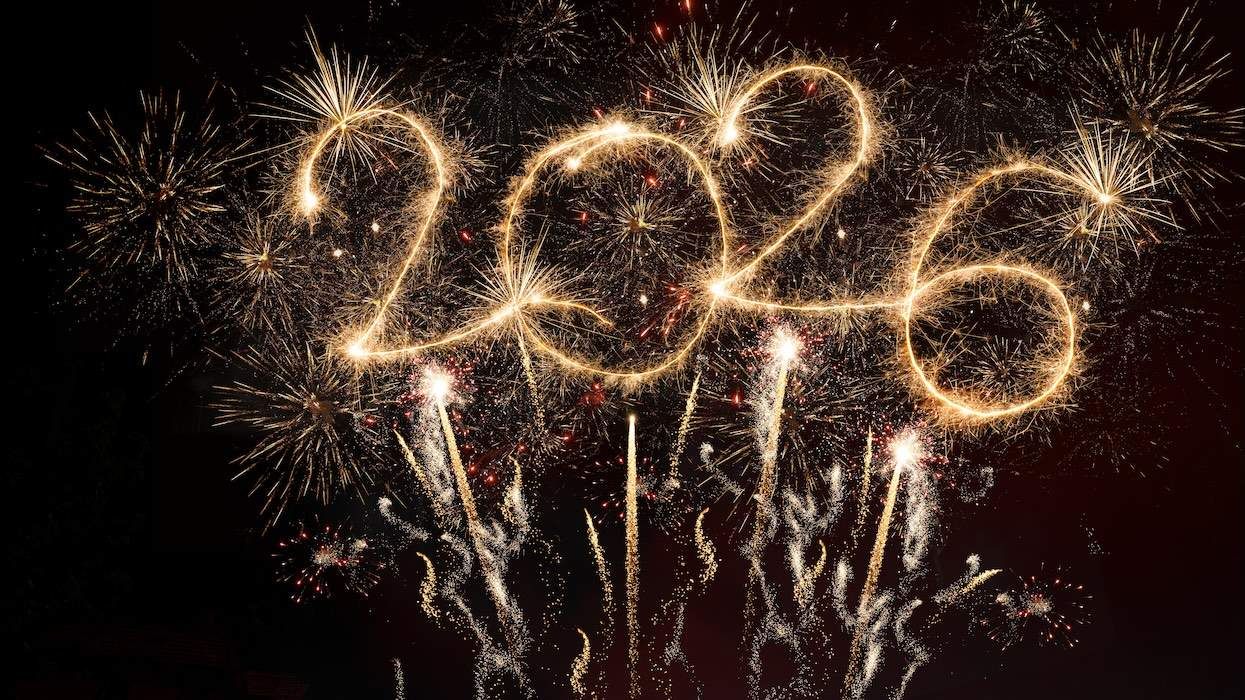
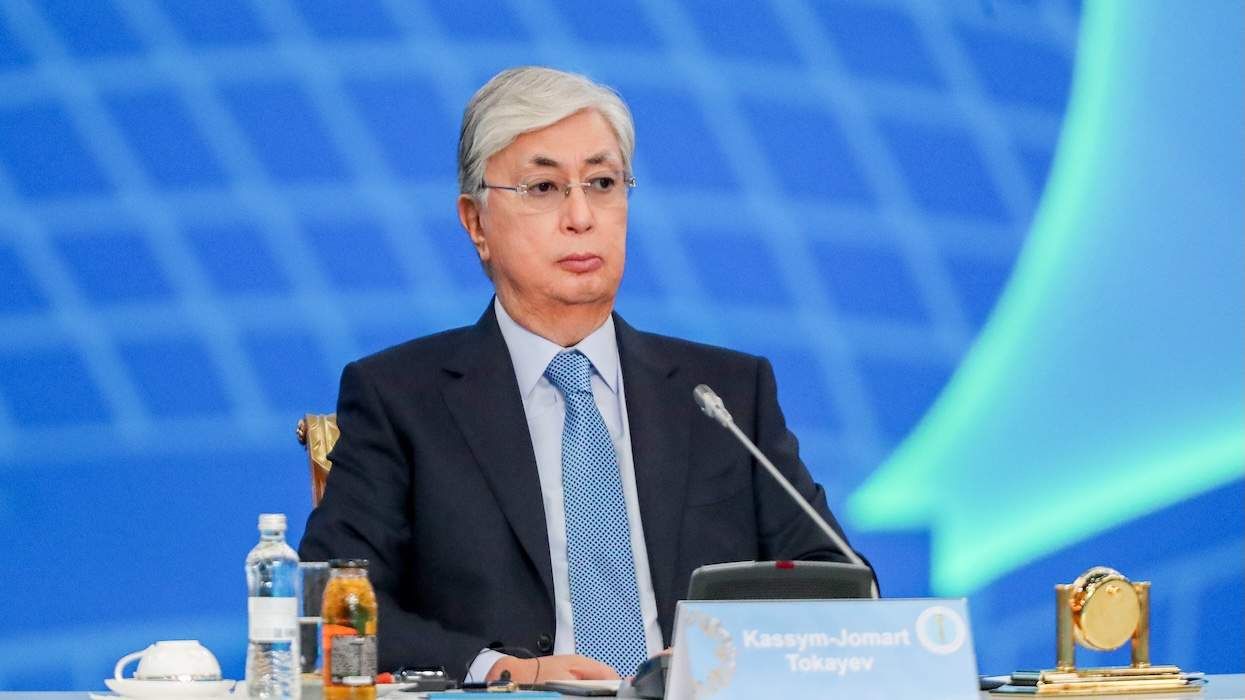

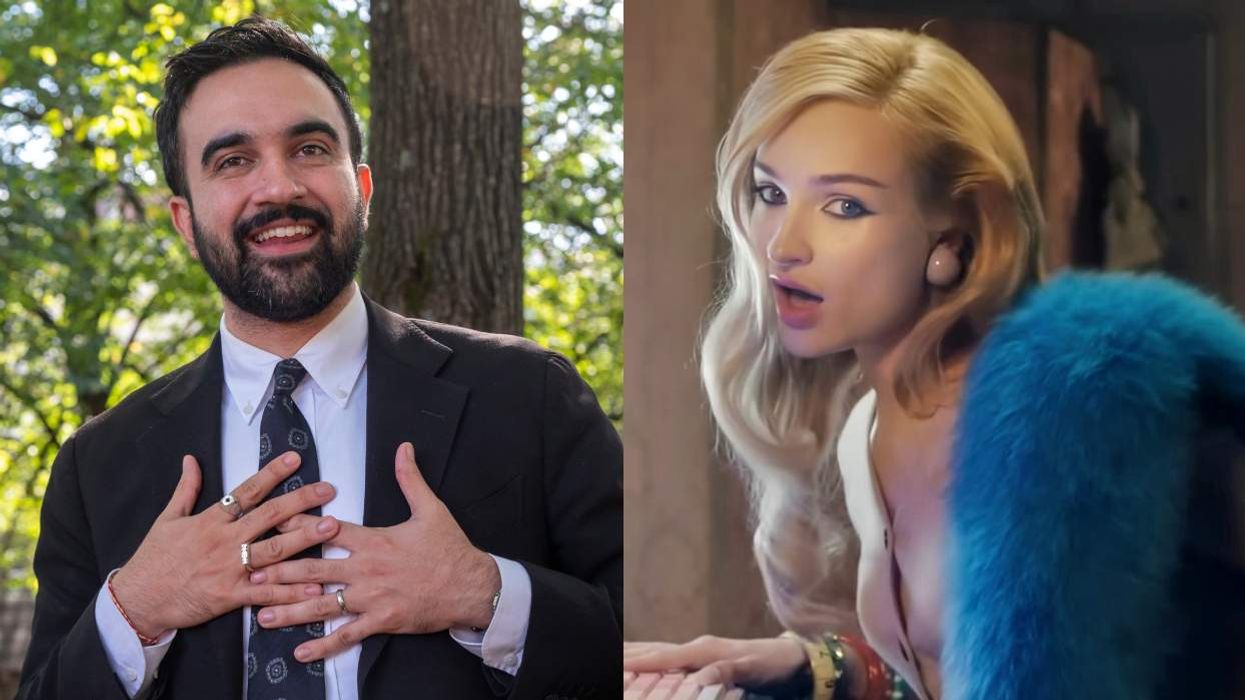
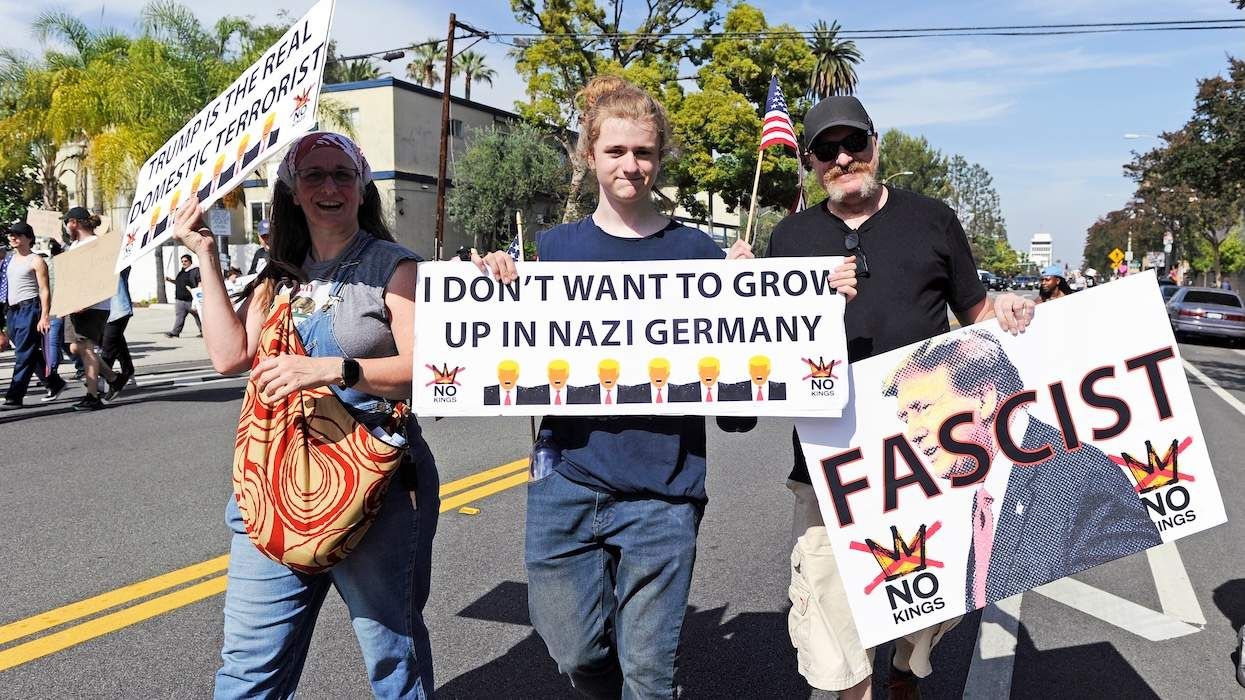
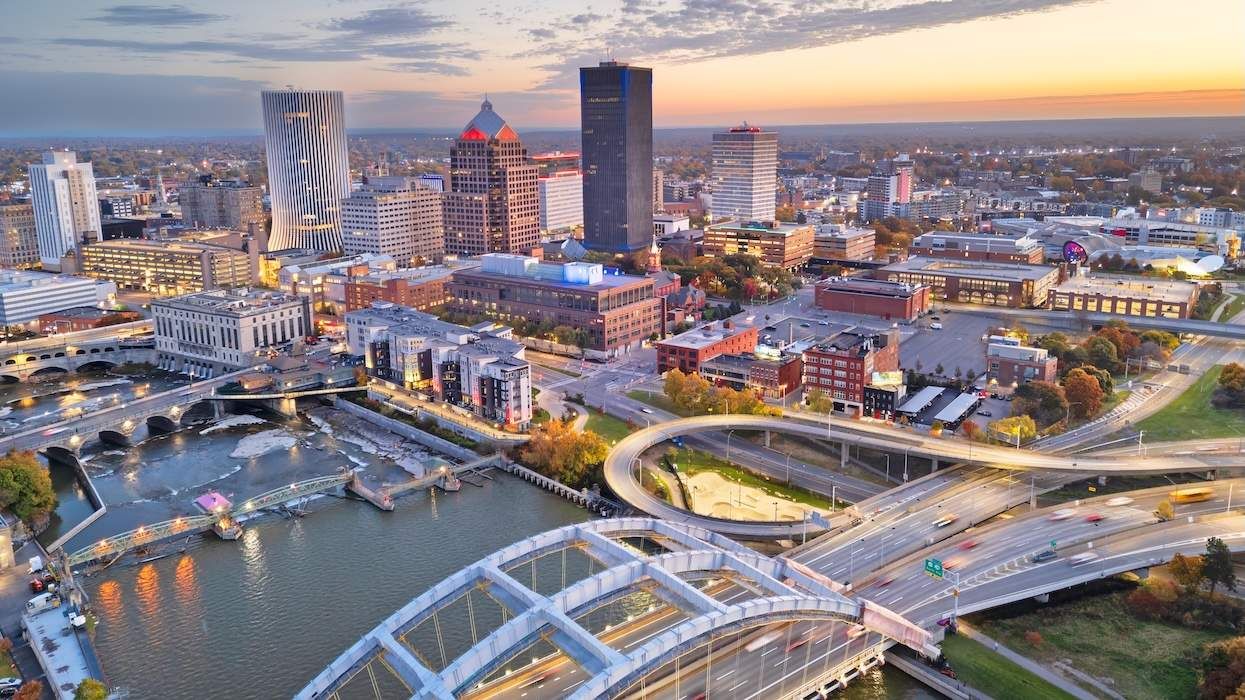

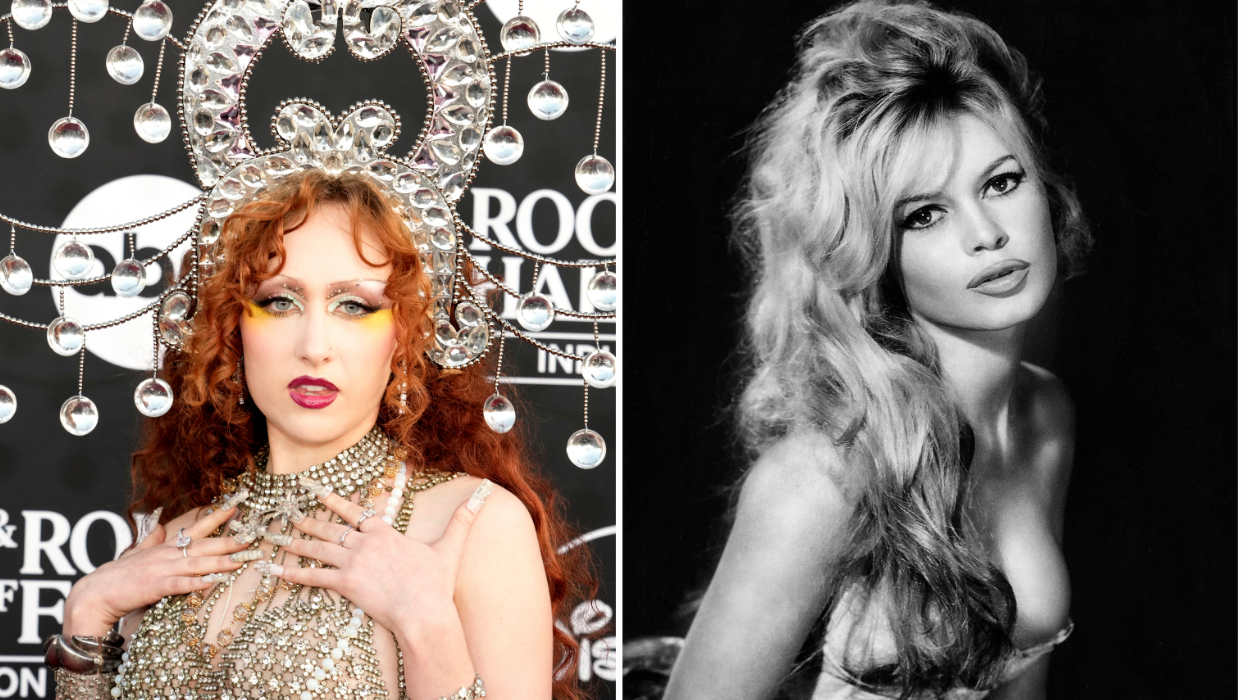


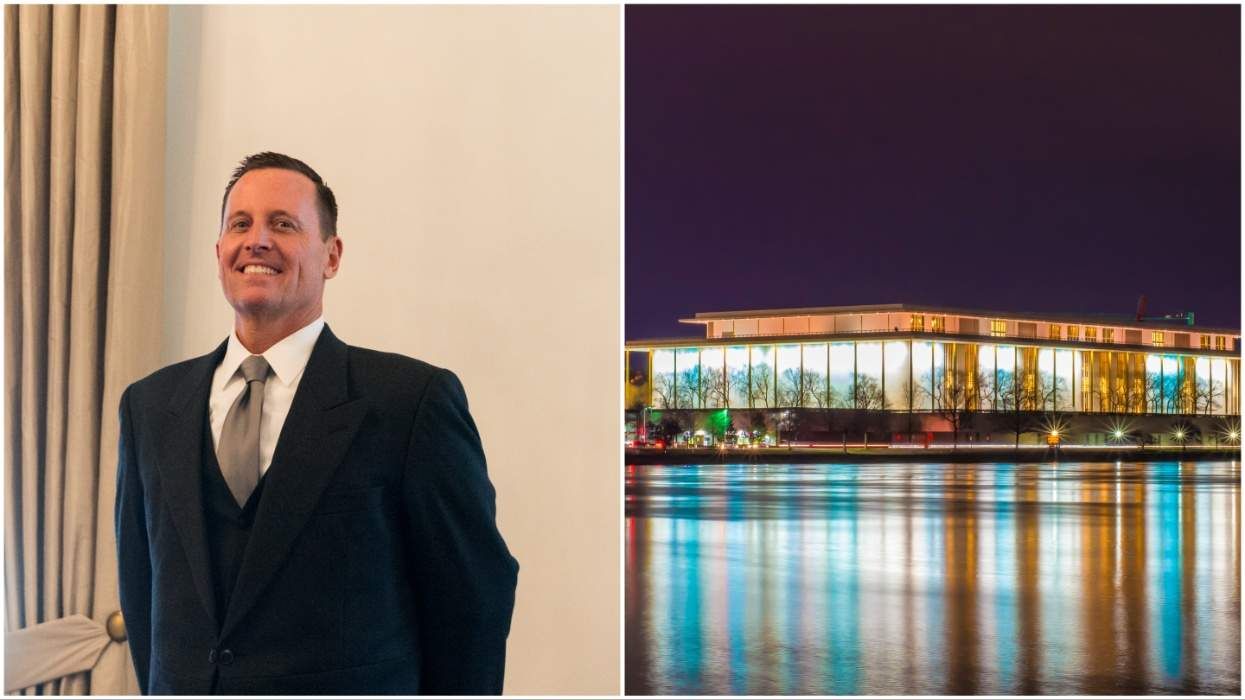

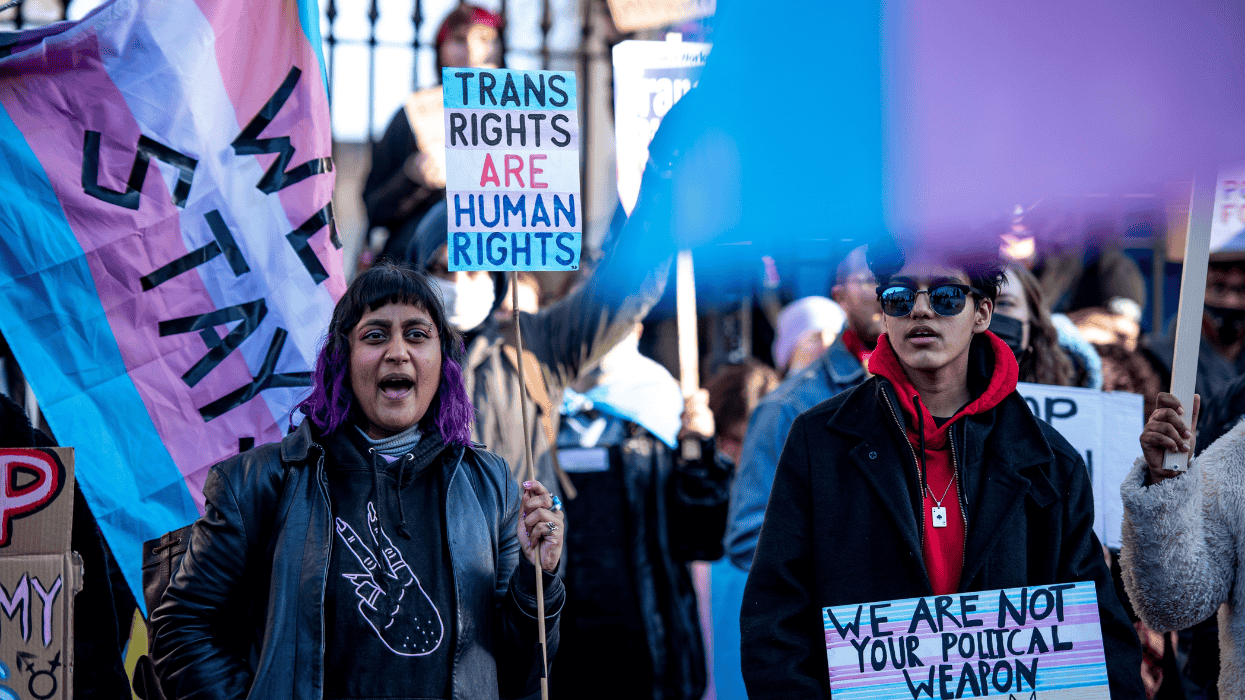
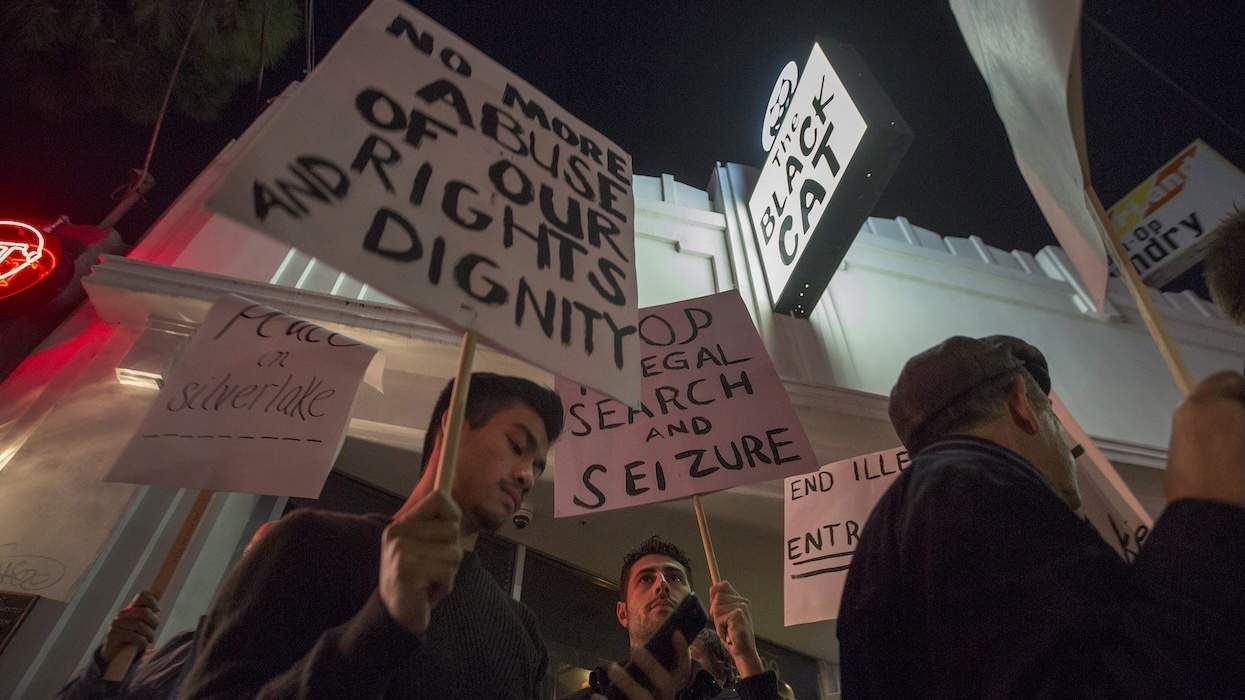
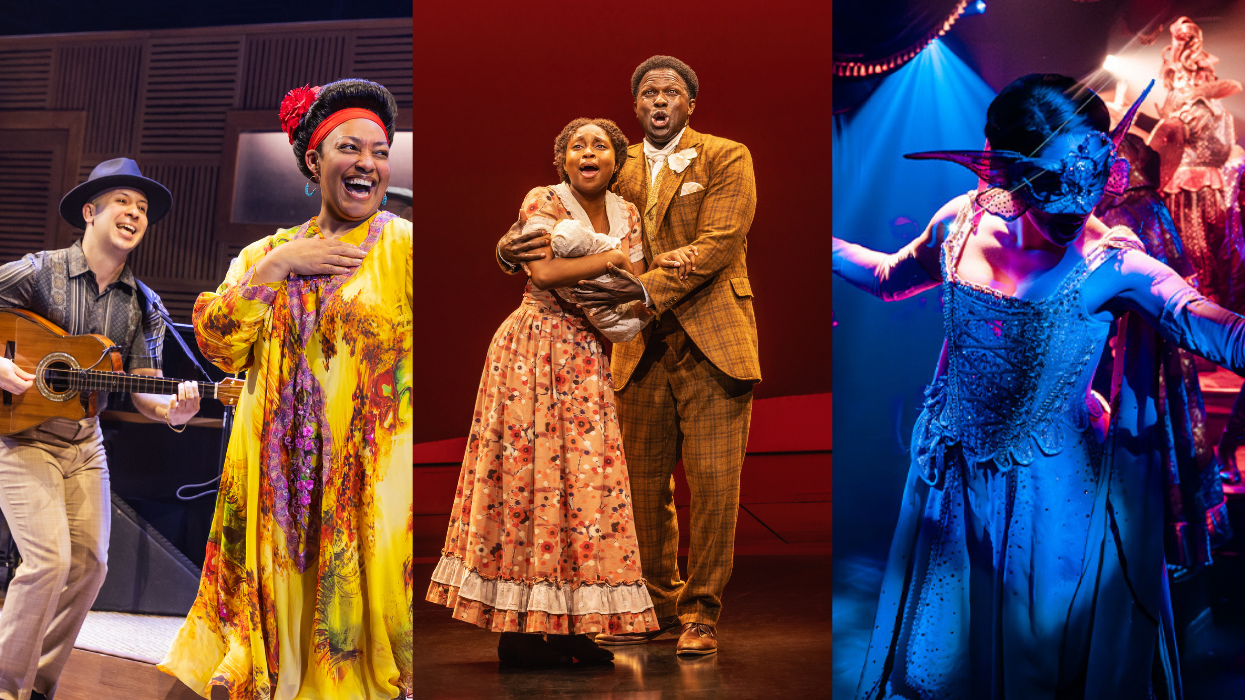
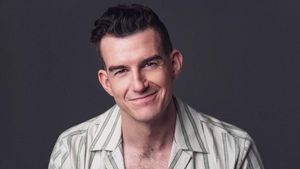










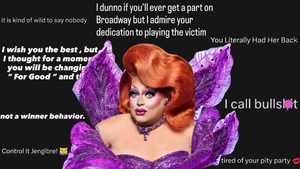



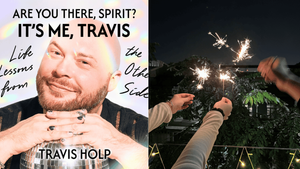











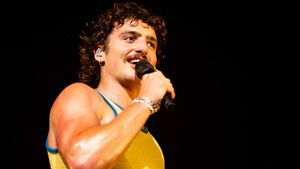









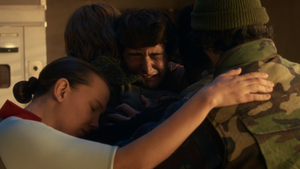


Charlie Kirk DID say stoning gay people was the 'perfect law' — and these other heinous quotes